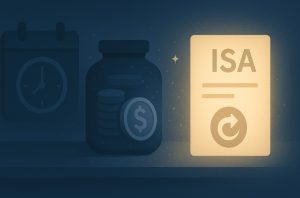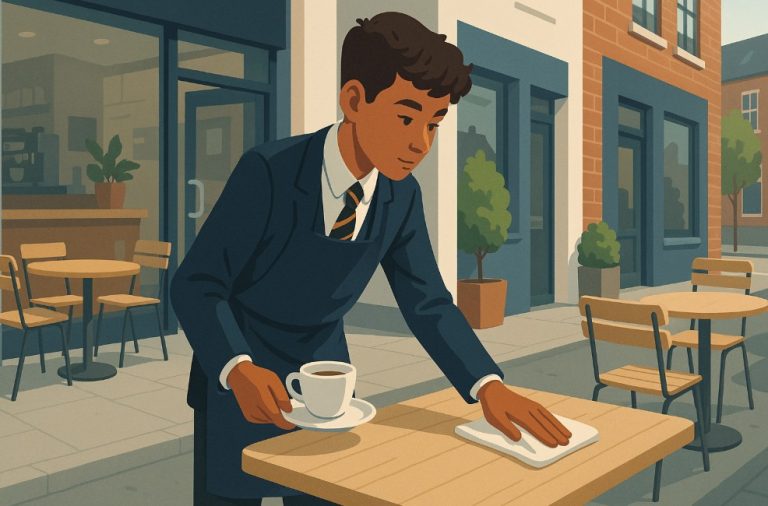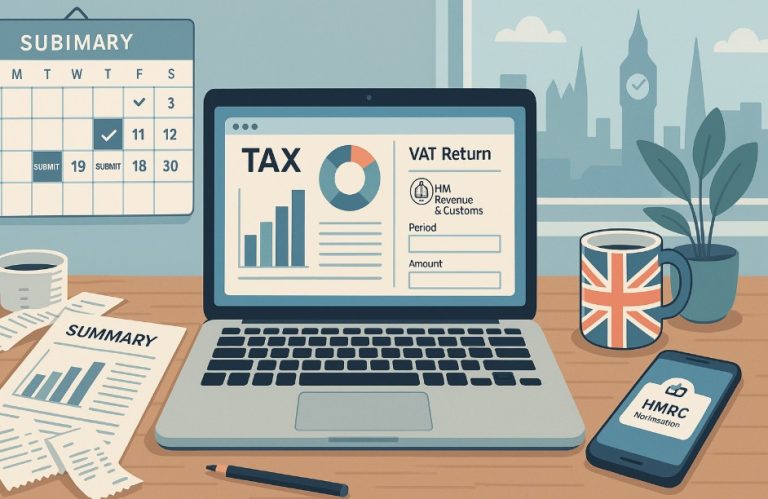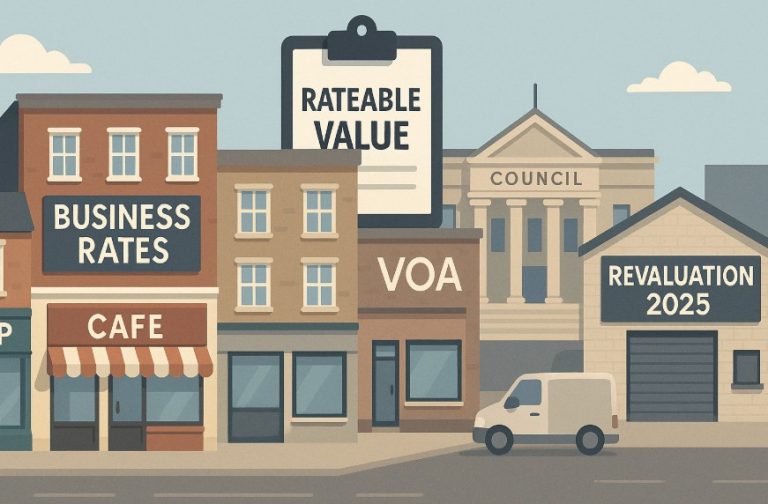Government Child Trust Fund £250 – How Much Will I Get?
What Is a Child Trust Fund and Why Was It Introduced?
What if you discovered that the government may have deposited money for you shortly after you were born? Between 2002 and 2011, the UK Government did exactly that for millions of children through a savings initiative called the Child Trust Fund (CTF).
The Child Trust Fund was launched in 2005 with the goal of encouraging parents to save for their children’s futures.
It provided eligible children with an initial government voucher typically £250, though some received more or less depending on when they were born and the family’s financial situation.
Children born between 1 September 2002 and 2 January 2011 qualified for the scheme. Those from low-income households could receive an additional £250, and a second top-up was added when the child turned 7 years old.
However, by the final months of the scheme in 2010–2011, some vouchers were reduced to £50, due to budgetary changes.
The money was placed into tax-free savings or investment accounts managed by approved financial providers. The funds could then grow over time, with full access granted when the child turned 18.
The scheme was discontinued in 2011 and replaced by Junior ISAs, which are still available today but without government contributions.
How Much Money Did Children Receive from the Government?

The exact amount a child received from the government varied based on the child’s birthdate and their family’s income. Here is a breakdown of the CTF contributions:
| Circumstance | Initial Contribution | Top-up at Age 7 | Total Potential Government Contribution |
| Standard household | £250 | £250 | £500 |
| Low-income household | £500 (£250 + £250) | £500 | £1,000 |
| Born in final 6 months of the scheme | £50 | None | £50 |
The additional payment at age 7 was part of the government’s strategy to encourage long-term saving and make sure the accounts continued to grow as the child aged.
How Much Could a Child Trust Fund Be Worth Today?
This is the most important question for anyone who had a CTF opened in their name: how much money is in the account now?
According to the latest figures from HMRC, the average value of a Child Trust Fund as of 2025 is around £2,200. However, the actual amount in each individual account can vary widely. Several key factors determine the current value of a CTF:
Type of Account
Child Trust Funds could be held as cash savings or as investment accounts (stocks and shares). Cash accounts offered stable but lower returns. Investment accounts, while riskier, often delivered better long-term performance.
Additional Contributions
The government encouraged parents and relatives to contribute to the fund. Even modest monthly contributions say £10 or £20 over 18 years could significantly boost the account’s value.
Interest Rates or Investment Performance
Accounts with higher interest rates or stronger stock performance will naturally have accumulated more value over time.
To help understand how values might differ, here is a comparative table:
| Account Scenario | Account Type | Growth Rate | Estimated Value at Age 18 |
| £250 only, no top-ups | Cash Savings | 2% | £365 |
| £500 only, no top-ups | Cash Savings | 3% | £750 |
| £250 + £10 monthly top-up | Stocks & Shares | 5% | £2,000 – £2,500 |
| £500 + £20 monthly top-up | Stocks & Shares | 5% | £4,000 – £5,500 |
| Active family contributions + investments | Stocks & Shares | 6% | £7,000 – £10,000+ |
These are illustrative estimates, not guaranteed values. Actual returns depend on your provider, investment strategy, and the duration funds remained untouched.
When Can You Access Your Child Trust Fund?

Children with a CTF automatically gain full control of their account when they turn 18 years old. At that point, the money becomes legally theirs. There is no need to apply for access it is simply a matter of contacting the fund provider and verifying identity.
If the CTF holder does nothing upon turning 18, the account doesn’t disappear. Instead, it is rolled into an adult ISA:
- If the CTF was a cash account, it becomes an adult cash ISA
- If it was a stocks & shares account, it transitions to an adult stocks & shares ISA
If the original provider is no longer authorised to offer ISAs, the funds are moved into an HMRC-protected holding account, where the money retains its tax-free status, but cannot be contributed to or actively managed until transferred elsewhere.
While there is no deadline for claiming your CTF, it is highly recommended to review your account and decide on its future. Leaving the funds in a default holding account could mean missing out on higher returns available elsewhere.
How Do You Find Out Where Your Child Trust Fund Is?
Thousands of eligible individuals are unaware that they even have a Child Trust Fund, let alone how to access it. If you’re unsure of your provider or whether a fund exists in your name, the government offers a CTF tracking service through HMRC.
To locate your account:
- Go to gov.uk/child-trust-funds
- Sign in with your Government Gateway account
- Provide your National Insurance number and date of birth
- HMRC will respond with your CTF provider’s details, typically within 3 weeks
Once you know your provider, contact them directly to begin the withdrawal or transfer process.
What Happens If You Don’t Withdraw the Money at 18?

If no action is taken when a Child Trust Fund matures, the money is automatically moved into an adult ISA. While this preserves its tax-free status, the account’s terms, interest rate, or investment performance might not be ideal.
To make the most of the fund, it’s important to check:
- The new ISA’s interest rate or investment fees
- Whether the funds are still accessible without penalties
- If transferring to another provider offers better value
By actively managing the matured fund, you can ensure your money continues to grow or is used in a financially sound way.
What Should You Do With Your Child Trust Fund Money?
Once you’ve accessed your matured CTF, the next step is deciding what to do with it. The best option depends on your financial goals and personal situation. Common routes include:
Save It in a High-Interest Account
If you’re not sure how to use the money yet, place it in a top-paying easy-access savings account or a fixed-rate ISA. This ensures the money keeps growing while you consider your options.
Put It Towards a First Home
If you’re between 18 and 39 and have never owned a home, consider opening a Lifetime ISA (LISA). You can transfer your CTF money into a LISA and get a 25% government bonus on anything you contribute, up to £1,000 extra per year.
Invest It Further
For long-term financial growth, you could invest the money through a stocks and shares ISA. While this carries some risk, it also offers greater returns over time. Be sure to understand your risk tolerance and read guidance before making investment decisions.
Spend It Wisely
There’s no shame in using the money for practical needs. Whether it’s buying a laptop for university, helping with car costs, or covering travel expenses, smart spending can also be a sound investment in your future.
Pay Off High-Interest Debts
If you’ve already accumulated credit card debt or overdrafts, paying them off may offer more value than saving. Interest on debts often outweighs the gains from typical savings accounts.
Can You Still Open a Child Trust Fund?
No, the Child Trust Fund scheme was officially closed in January 2011. It has been replaced by Junior ISAs, which serve a similar purpose but do not offer government-funded vouchers.
If you are under 18 and already have a CTF, you may still transfer it to a Junior ISA, potentially accessing better interest rates or account features.
Frequently Asked Questions
Can I still open a Child Trust Fund in 2025?
No. New CTFs are no longer available. Only existing accounts remain active.
How do I track down my Child Trust Fund?
Use HMRC’s CTF tracing tool online by providing your National Insurance number and date of birth.
What happens to the CTF money if I don’t claim it?
The funds are moved to an adult ISA or a holding account where they remain protected until you claim them.
Are Child Trust Fund withdrawals subject to tax?
No. CTFs are tax-free both during accumulation and upon withdrawal.
Can I transfer my CTF to a different provider?
Yes. You can move it to a Junior ISA (if under 18) or an adult ISA (if over 18).
What documents are needed to access a CTF?
You’ll typically need a form of ID (passport or driving licence) and proof of address.
What’s the best use of my Child Trust Fund money?
The best option varies by individual but could include saving, investing, putting it towards a home, or paying off debt.
READ MORE:
- Government Apprenticeship Funding 2025: What’s Changing and Why It Matters?
- Government Grants for Solar Panels UK: What Support Is Available in 2025?
- Winter Fuel Payment 2025: Who Qualifies and What’s Changing?
- NHS Pay Rise 2025: What the New Pay Deal Means for UK Healthcare Workers?
- DWP £299 Cost of Living Payment: Key Dates, Eligibility, and What It Means for UK Residents







